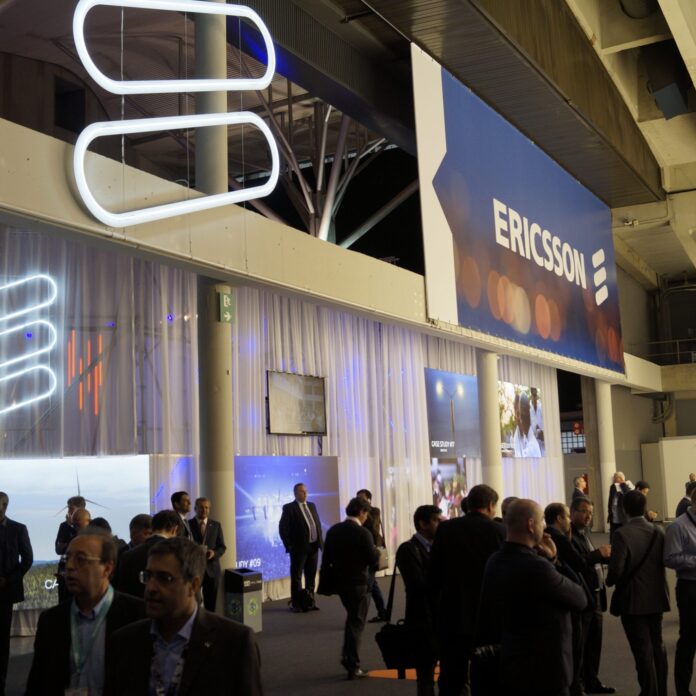Ericsson Internet of everything plans focus on public safety, transport and utilities
BARCELONA, Spain – Ericsson executives laid out a grand vision for a connected future at Mobile World Congress 2015 with an emphasis on adding network intelligence to the public safety, transportation and utilities spaces.
Orvar Hurtig, VP of business line industry and society, painted a picture of advanced technology driving quality-of-life improvement around the globe.
“Let’s imagine the future a little bit,” Hurtig told RCR Wireless News. “Let’s imagine a city; it might be your city. Everything that can be connected will be connected. … When firemen head out on a mission in this city, they don’t head out to put out fires. They go out to make sure that fires never happen.”
Remotely monitored sensors can detect temperature fluctuations in buildings so that as the temperature rises, responders can deploy prior to combustion.
Consider a multimodal morning commute. A user consults a smart device over coffee and it suggests the most efficient route, hypothetically driving to a municipal car park, taking a train, then hopping on a bike.
“Everything ordered, booked and paid for when I press ‘Yes, this is what I want.’ This is the way we want it and the technology to do it is there,” Hurtig said.
With utilities, a network of smart meters continuously crunching usage data and patterns could inform smart lighting, for instance, to gain large-scale efficiency in power consumption.
“I personally believe,” Hurtig said, “that if we use smart metering in a smart way, if we use what we can do with smart grids in a smart way, we can reduce energy consumption. We can get rid of peak hours. If we can reduce peak hours it means we can actually reduce the number of power plants. We can save money.”
Hurtig explained that connected industry and society is a huge area of expansion for Ericsson and has become a core business goal.
Back to the transportation sector, he cited some 1.3 million road deaths in 2013 and the real cost of traffic congestion in the European Union at more than $110 billion annually.
“I think we can change that. We believe that this solution is something that can help us,” Hurtig said. “The connected traffic cloud will support traffic authorities. If traffic authorities can get this information fed to them, then have the ability to feed that back to users in time, instantly, then we all understand that, yes, that will make a difference.”
Why the focus on transport, public safety and utility?
“We came to the conclusion we will not be successful if we try to do everything,” Hurtig explained. “We will focus on a few.”
He pointed to global replicability as a major strength of Ericsson, which is headquartered in Sweden and operates in some 180 countries.
“It’s extremely important for Ericsson, together with our customers, to build a solution that can actually be used … across industries,” Hurtig added. “You will see business changing.”

